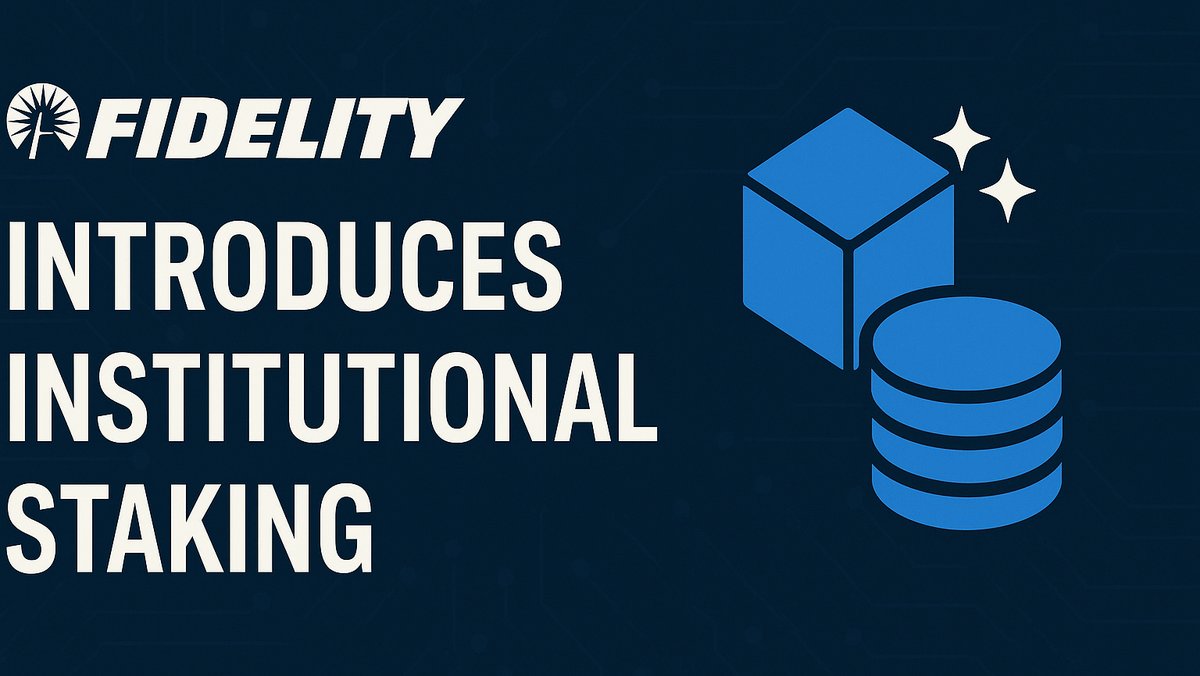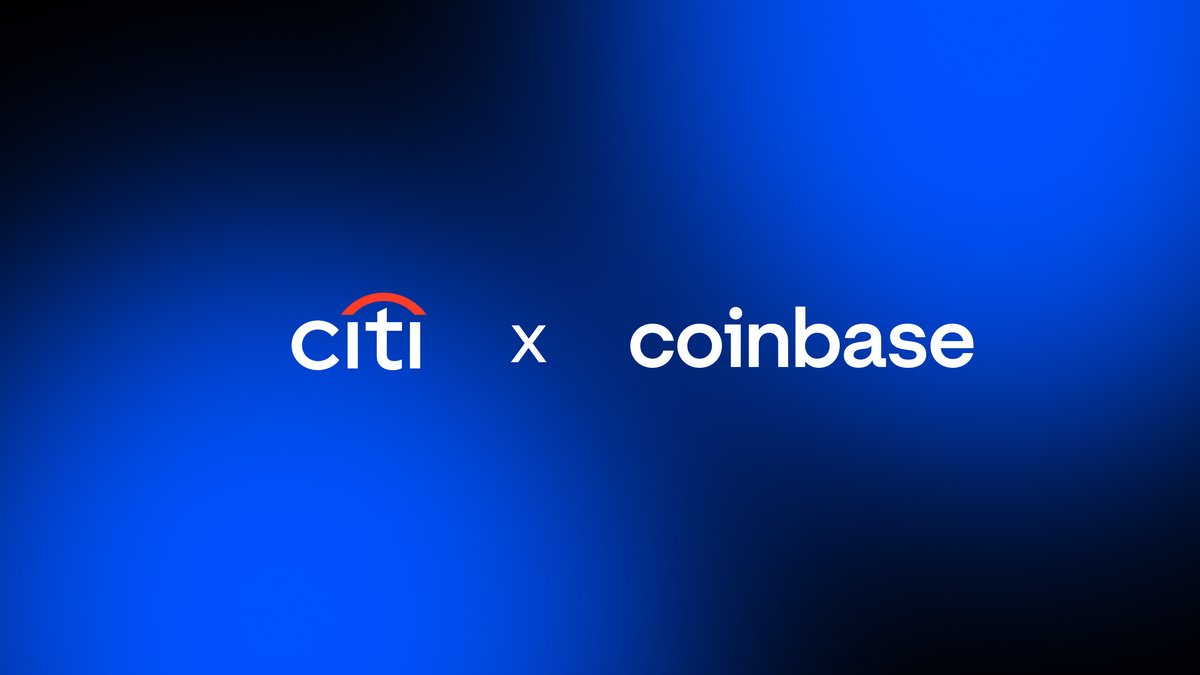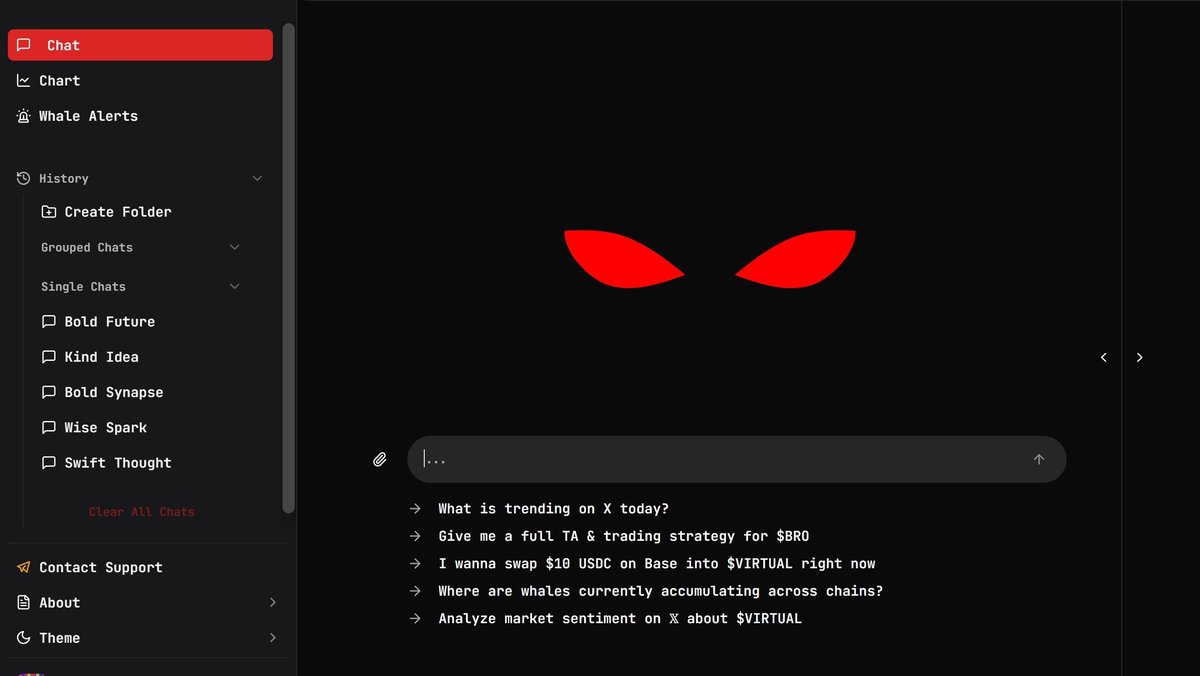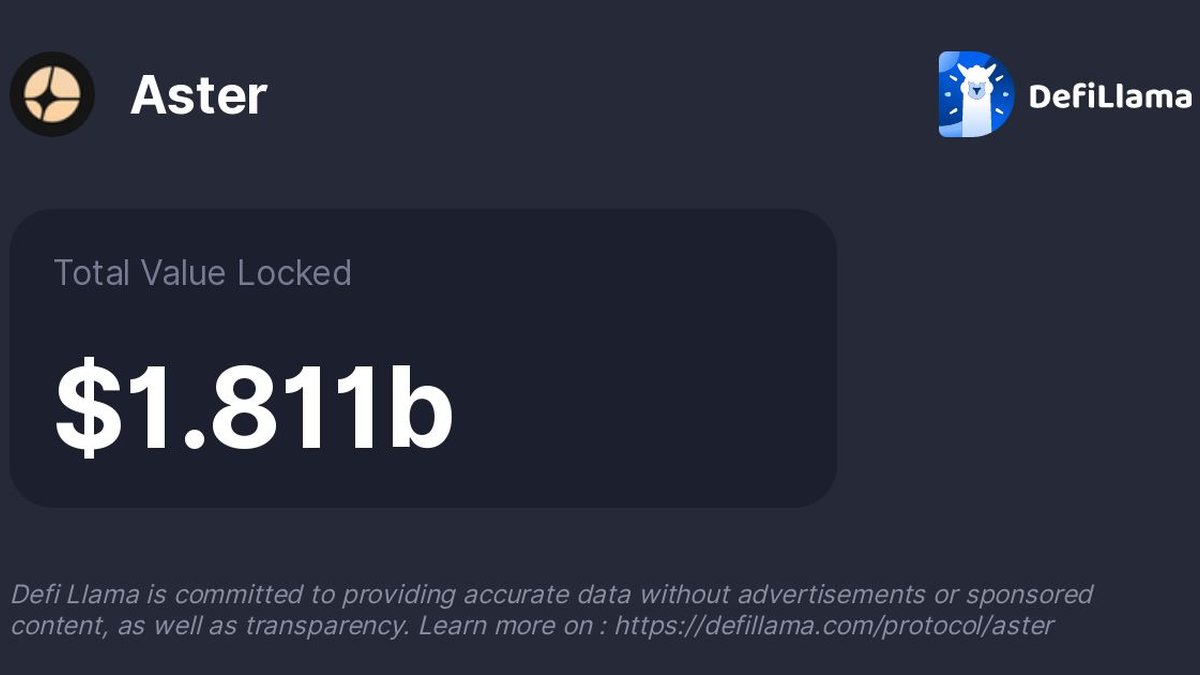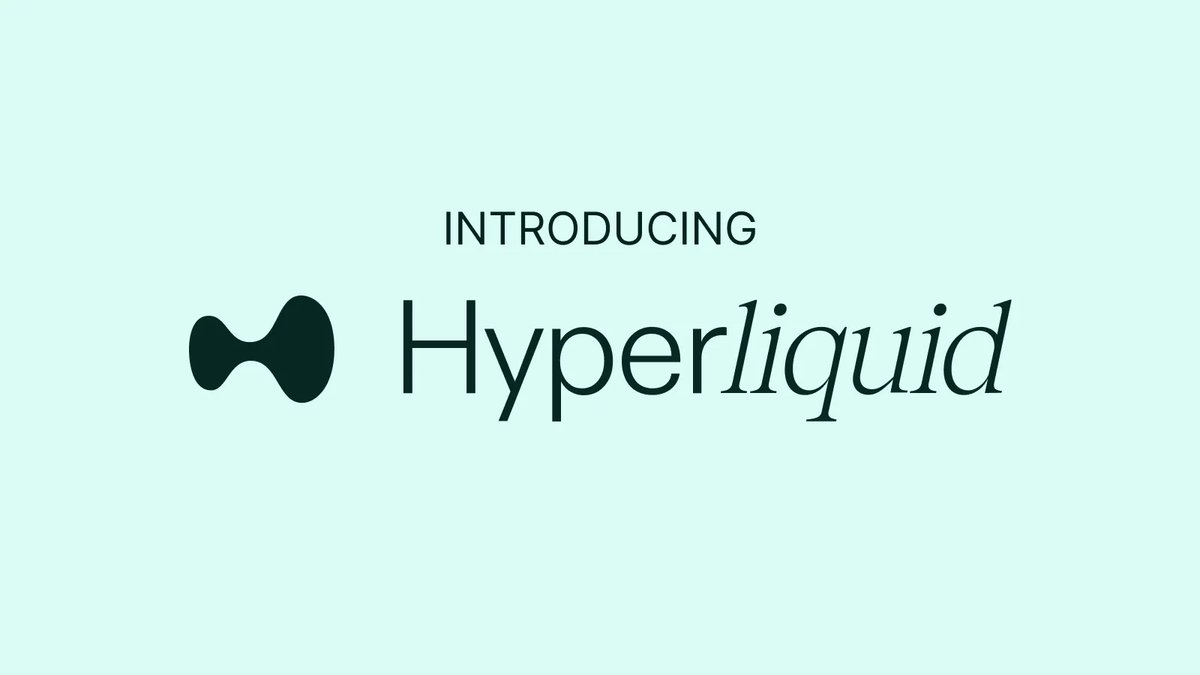Fidelity Introduces Institutional Staking: Opportunities and Strategies
Fidelity’s launch of institutional staking services opens new avenues for asset managers, hedge funds, and high-net-worth individuals to earn yield on Proof-of-Stake (PoS) cryptocurrencies within a secure, regulated environment. This article provides a comprehensive guide to staking mechanics, risk considerations, and potential returns.
Overview of Institutional Staking
Staking involves locking up PoS tokens to support blockchain operations such as transaction validation. In return, participants earn staking rewards proportional to their contribution. Fidelity’s platform allows institutional clients to participate without managing private keys directly, leveraging cold storage and insurance coverage for maximum security.
Key Features
- Asset Coverage: Supports major PoS tokens including Ethereum, Cardano, and Polkadot.
- Regulatory Compliance: Ensures staking activities align with U.S. financial regulations.
- Security Protocols: Multi-layer custody, offline storage, and insured accounts protect client assets.
- Integrated Reporting: Real-time dashboards for performance, rewards tracking, and tax reporting.
- Flexible Terms: Options for locked or dynamic staking periods to balance liquidity and yield.
Use Cases and Strategies
Institutional staking can serve multiple purposes:
- Yield generation for portfolios seeking low-volatility returns.
- Participation in governance for blockchain networks.
- Portfolio diversification across crypto assets without compromising security.
- Leveraging staking rewards to enhance long-term investment performance.
Comparisons with Other Staking Platforms
Compared with platforms like Coinbase and Kraken:
- Security: Fidelity emphasizes institutional-grade custody over decentralized staking control.
- Regulatory Oversight: Compliance with SEC and FINRA guidelines reduces legal risk.
- Operational Simplicity: Removes complexity of validator management, node setup, and technical maintenance.
Risks and Considerations
- Market Risk: Token price fluctuations affect the value of staked assets.
- Lock-Up Periods: Locked staking may reduce liquidity and flexibility.
- Validator Risk: Delegated staking depends on third-party validators’ performance.
- Regulatory Changes: Future legislation could impact staking yields, taxation, or eligibility.
Mitigation strategies include diversification across tokens, carefully selecting staking periods, and monitoring validator performance.
Investment Outlook
With institutional adoption increasing, staking offers a compelling yield-generating alternative in crypto portfolios. Fidelity’s regulated infrastructure enhances trust, making it suitable for conservative investors seeking passive income. Key considerations for investors include:
- Allocating a portion of crypto portfolios to staking to balance risk and yield.
- Combining staking rewards with ETFs, wallets, and other crypto products for diversified exposure.
- Monitoring network updates and validator health to ensure consistent rewards.
Further Reading and Resources
Crypto Insurance | Crypto Tax | Best Crypto Apps
Frequently Asked Questions
What is Institutional Staking? The process of locking PoS tokens to earn rewards while supporting blockchain network operations.
How does Fidelity’s staking differ from other platforms? Fidelity provides institutional-grade security, regulatory compliance, and integrated reporting, whereas other platforms may emphasize decentralized control or higher flexibility.
Is staking safe for institutions? With Fidelity’s custody and insurance protocols, staking risk is mitigated, but market and validator risks remain.
Where can I learn more? Explore Fidelity Crypto, SEC Coin, and Best Crypto Apps categories for detailed insights.

